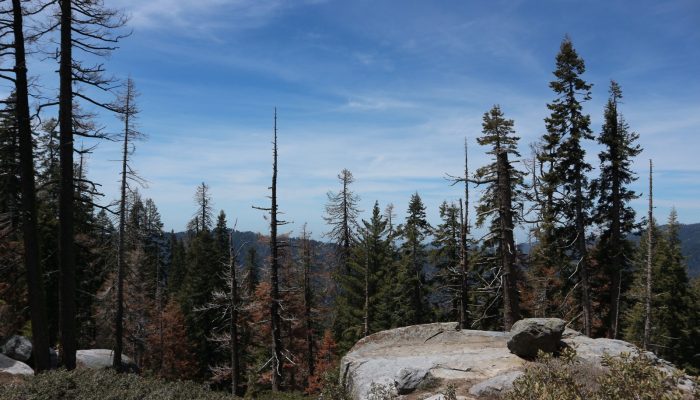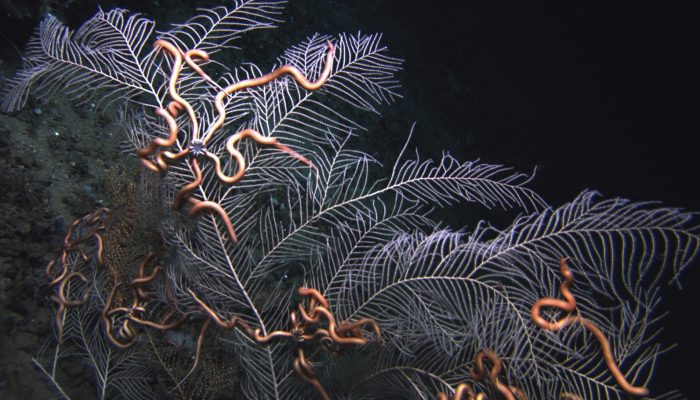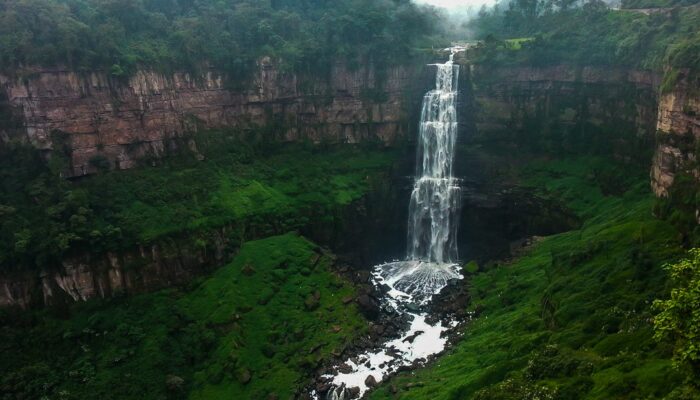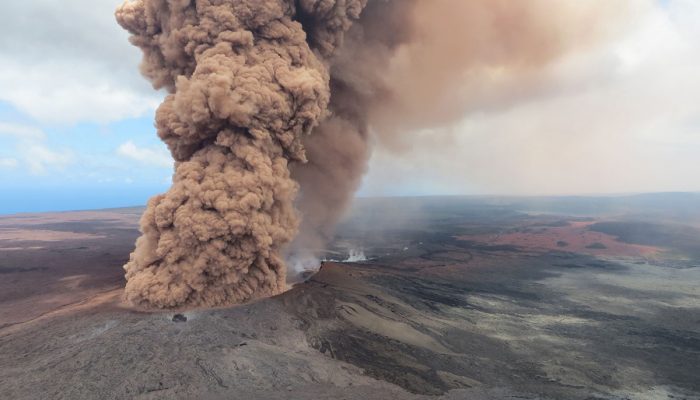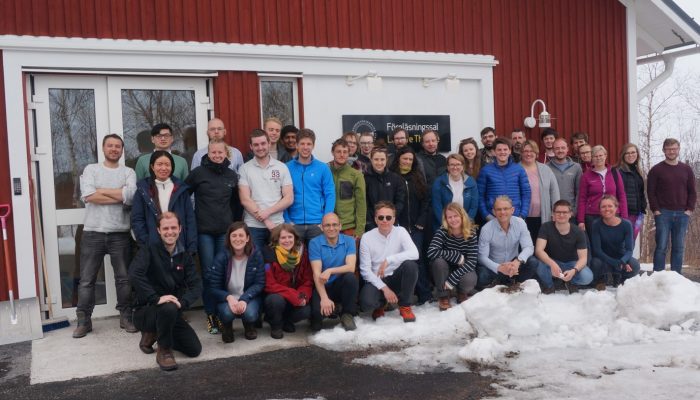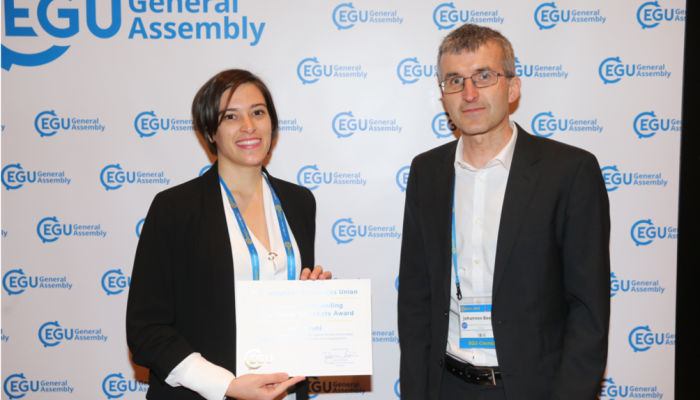We’ve all attended conferences with those dreaded 15-minute talks and we have no problem picking out which talks were amazing and which talks were abysmal. However, when it comes to our own talks, it’s hard to judge them, find out how they can be improved or break away from long-established habits (such as our layout or talking pace). This week, Matthew Herman, postdoc at the Tectonoph ...[Read More]
GeoLog
Treat that brilliant early career scientist to an EGU award nomination
As a colleague or proud supervisor of postgraduate students and post-docs, there is a simple thing you can do to congratulate them on their excellence and research: nominate them for the one of the European Geosciences Union’s awards for outstanding early career scientists. The deadline is 15 June 2018, so now is the time to act. Putting early career researchers in the spotlight To credit research ...[Read More]
Climate: Past, Present & Future
Levoglucosan, the witness of past fires
Name of proxy Levoglucosan Type of record Biomass burning Paleoenvironment Lake and marine sediments and ice cores Period of time investigated Present to approximately 130,000 years ago How does it work? Levoglucosan is a molecule that is exclusively formed during the combustion of vegetation at low-temperature. It is therefore considered to be a source-specific tracer for biomass burning. During ...[Read More]
Geology for Global Development
New mining frontiers: Digging into the unknown
While climate change occupies the headlines as our biggest long-term concern for sustainability, there may well be further anthropogenic challenges that arise in the next century as we disrupt the delicate interplay of natural ecological and geological cycles to satisfy the need for resources of our ever-growing population. The mining industry makes for a pertinent example: it sits on the verge o ...[Read More]
Natural Hazards
Fantastic grants and where to find them, part 1.
At some point in your career, usually, sooner than later, you will need to write a grant proposal to ensure yourself a paid research position. Funding agencies are out there waiting to receive your great and original ideas and possibly grant you some money to transform these ideas into actual science. One can spend an entire day just researching on the internet the best funding scheme. To h ...[Read More]
GeoLog
Imaggeo on Mondays: A Colombian myth with geologic origins
This photograph shows El salto del Tequendama, a natural waterfall of Colombia, located in the Department of Cundinamarca at an altitude of 2400 metres above sea level and approximately 30 kilometres southwest of the country’s capital, Bogotá. The Salto del Tequendama is a space of transit and connectivity between the warm lands of the Magdalena river basin and the cold lands of the Sumapaz ...[Read More]
GeoLog
May GeoRoundUp: the best of the Earth sciences from around the web
Drawing inspiration from popular stories on our social media channels, as well as unique and quirky research news, this monthly column aims to bring you the best of the Earth and planetary sciences from around the web. Major Story This month the Earth science media has directed its attention towards a pacific island with a particularly volcanic condition. The Kilauea Volcano, an active shield volc ...[Read More]
Cryospheric Sciences
Image of the Week – Polar Prediction School 2018
Early career scientists studying polar climate are one lucky group! The 29 young scientists who took part in the 10 day Polar Prediction School this year were no exception. They travelled to Arctic Sweden to learn and discuss the challenges of polar prediction and to gain a better understanding of the physical aspects of polar research. The Year of Polar Prediction The Year of Polar Prediction (YO ...[Read More]
Geodesy
Have a colleague who does outstanding work? – Nominate them for an EGU Award or Medal!
Congratulations again to Sara Bruni for receiving the Geodesy Division Outstanding Early Career Scientist Award 2018! A summary of her research on new findings in the gravity field time series from Medicina is posted below. Maybe you know an Early Career Scientist who does as outstanding work as Sara Bruni does? Nomination is the first crucial step in order to receive an award, don’t let this oppo ...[Read More]
Stratigraphy, Sedimentology and Palaeontology
EGU’s lost strata… what happens to conference carpets?
Being a stratigrapher or not, there’s one stratum you have all trod upon if you ever went to the General Assembly (GA), without probably noticing it. The uppermost unit of EGU’s GA floor, a ca. 5 mm thick layer with a soft rubbery texture and peculiar light-grey colour, outcropping over the whole poster halls: Carpet! Yes, the focus of this post is the carpet draping the GA’s floor wit ...[Read More]



